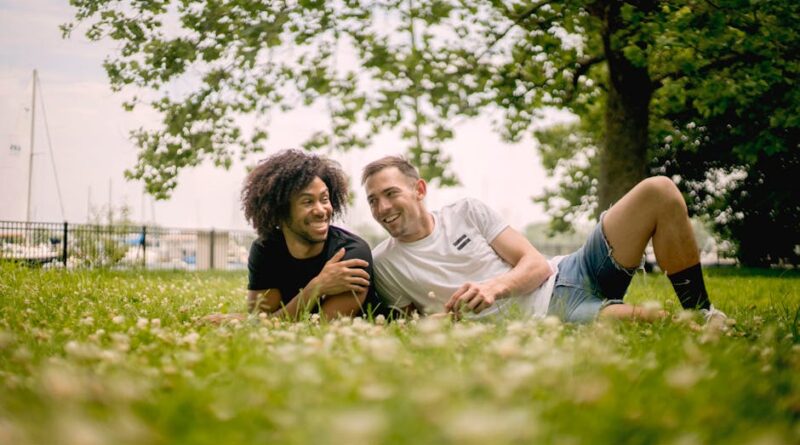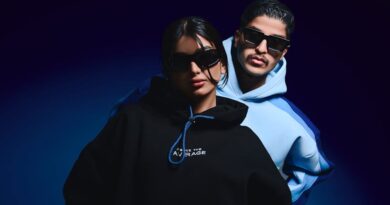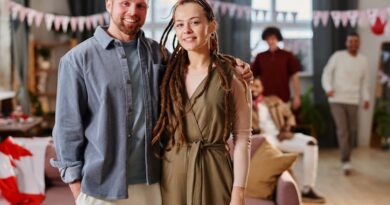Inclusive Fashion Movements: Embracing Diversity and Redefining Beauty
Welcome to the dynamic world of inclusive fashion movements, where diversity, representation, and empowerment take center stage. In a society that has long been dominated by narrow beauty standards and limited representation, these movements are breaking barriers, challenging norms, and celebrating the uniqueness of individuals from all walks of life. From body positivity to gender inclusivity, the inclusive fashion movement is reshaping the industry and reshaping the way we perceive beauty and fashion. Join us on this enlightening journey as we delve into the depths of inclusive fashion and explore the transformative power it holds.
The Rise of Inclusive Fashion
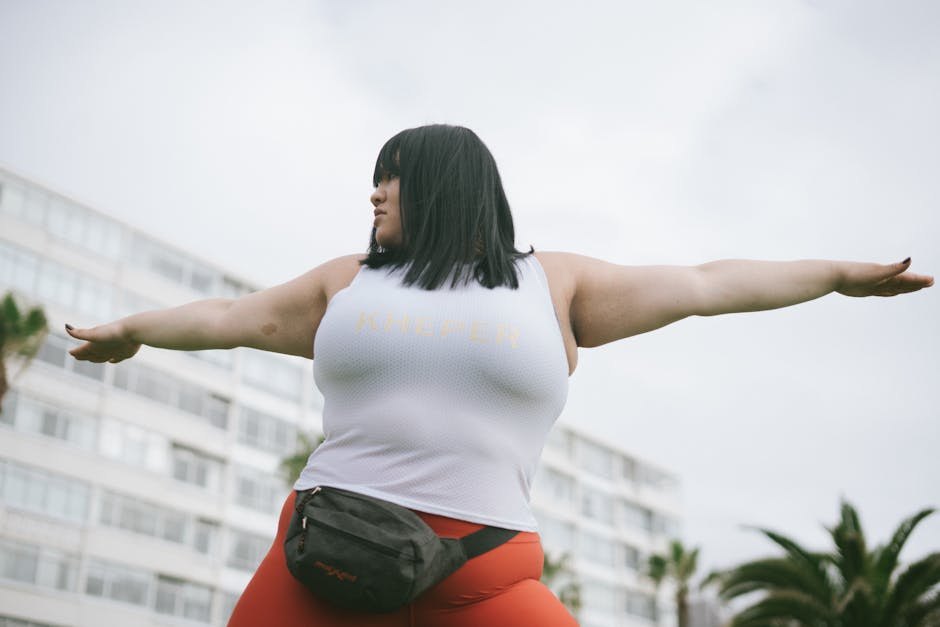
The inclusive fashion movement has been gaining momentum in recent years, fueled by a growing demand for representation and diversity in the fashion industry. Gone are the days when fashion was confined to a narrow definition of beauty, dictated by size, shape, age, or gender. Today, inclusive fashion is all about embracing individuality, celebrating differences, and promoting self-expression. Designers, brands, and influencers are increasingly recognizing the importance of inclusivity and are striving to create fashion that is accessible and empowering for all.
Body Positivity and Size Inclusivity
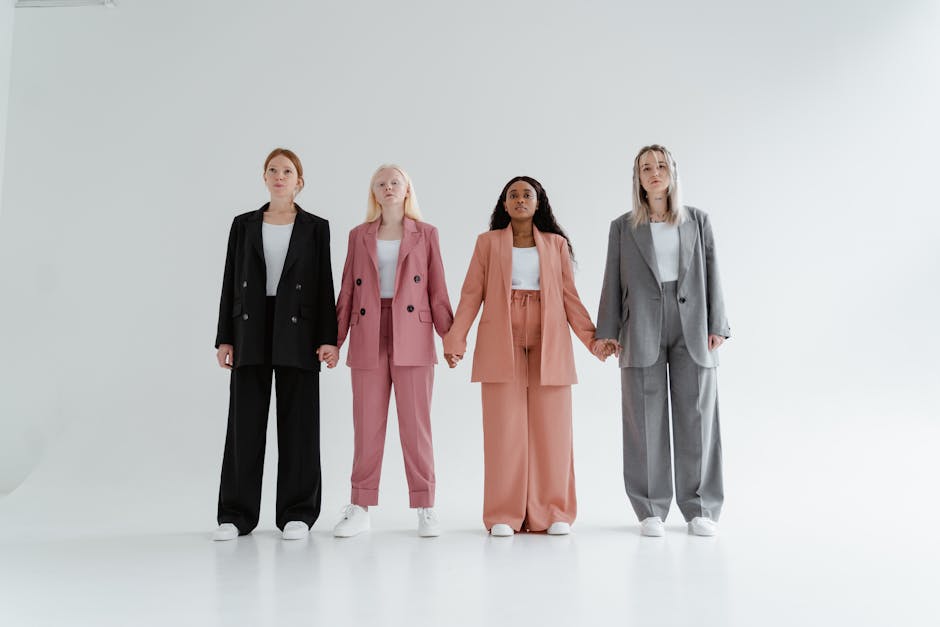
One of the key pillars of the inclusive fashion movement is body positivity and size inclusivity. For far too long, the fashion industry has perpetuated unrealistic beauty standards, marginalizing individuals who do not fit into a certain size category. However, thanks to the rise of body positivity movements and the advocacy of plus-size models and influencers, the landscape of fashion is slowly but surely changing. Brands are now offering extended size ranges, showcasing diverse body types in their campaigns, and promoting self-love and acceptance.
An excellent example of a brand that has embraced size inclusivity is Aerie, known for its unretouched ads featuring models of all shapes and sizes. By showcasing real bodies and promoting body positivity, Aerie has garnered widespread praise and loyalty from consumers who appreciate seeing themselves represented in fashion.
Gender Inclusivity and LGBTQ+ Representation

Another critical aspect of inclusive fashion is gender inclusivity and LGBTQ+ representation. Traditionally, the fashion industry has been binary in its approach to gender, with distinct men’s and women’s clothing categories. However, as societal perceptions of gender evolve, so too does the fashion landscape. Designers and brands are increasingly embracing gender-neutral fashion, creating clothing that transcends traditional gender norms and celebrates fluidity and diversity.
One brand at the forefront of gender inclusivity is Phluid Project, a gender-free store that offers a wide range of clothing options for all identities. By promoting gender-neutral fashion and advocating for LGBTQ+ representation, Phluid Project is challenging the status quo and redefining what it means to dress authentically and inclusively.
Ethnic and Cultural Diversity
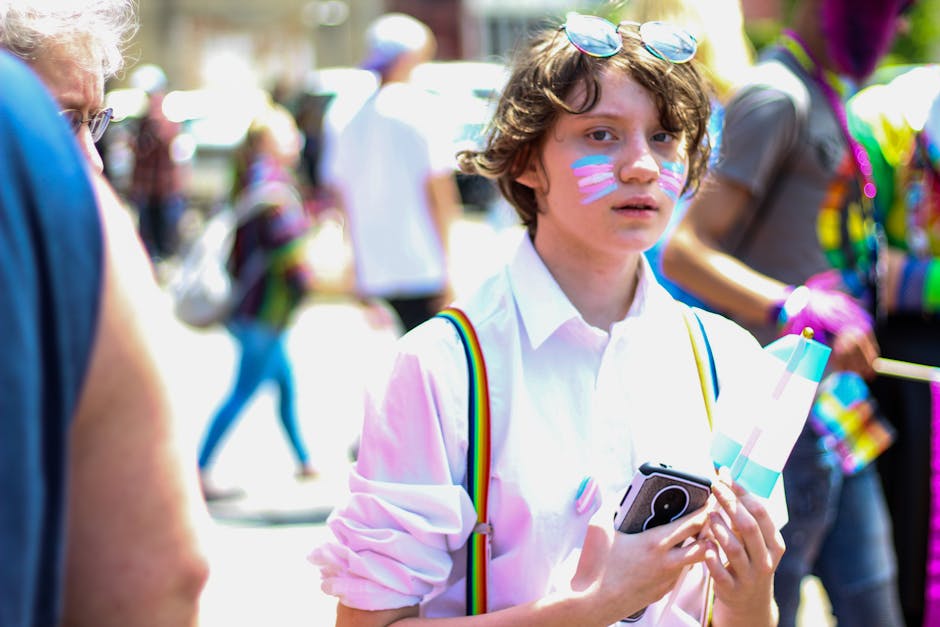
Inclusive fashion movements also place a strong emphasis on ethnic and cultural diversity, recognizing the beauty and richness of diverse heritages and traditions. From runways to campaigns, designers are incorporating elements of different cultures into their collections, celebrating the vibrancy and diversity of the global community. By showcasing traditional textiles, patterns, and designs, fashion is becoming a platform for cultural exchange and appreciation.
An excellent example of a brand that celebrates ethnic diversity is Studio 189, founded by actress Rosario Dawson and designer Abrima Erwiah. Studio 189 works with artisans in Africa to create sustainable, ethically made clothing that pays homage to traditional African craftsmanship and promotes economic empowerment in local communities. By championing ethical fashion and cultural diversity, Studio 189 is setting a new standard for inclusivity in the industry.
Disability Inclusivity and Adaptive Fashion
One of the most groundbreaking aspects of the inclusive fashion movement is the focus on disability inclusivity and adaptive fashion. For too long, individuals with disabilities have been underserved by the fashion industry, with limited options that cater to their specific needs. However, thanks to the efforts of adaptive fashion designers and advocates, the landscape is slowly changing.
Brands like Tommy Hilfiger have launched adaptive clothing lines that are designed to be inclusive and accessible for individuals with disabilities. From magnetic closures to adjustable hems, these adaptive designs prioritize functionality without compromising on style. By incorporating features that cater to a wide range of abilities, adaptive fashion is revolutionizing the way we think about clothing and accessibility.
Sustainable and Eco-Friendly Fashion
Inclusive fashion movements are also driving a shift towards sustainable and eco-friendly practices within the industry. As consumers become more conscious of the environmental impact of fast fashion, brands are increasingly embracing sustainable materials, ethical production methods, and transparent supply chains. From upcycling to zero-waste initiatives, sustainable fashion is on the rise, offering consumers the opportunity to make a positive impact through their clothing choices.
One brand leading the charge in sustainable fashion is Reformation, known for its eco-friendly practices and commitment to transparency. By using recycled materials, minimizing water usage, and partnering with ethical factories, Reformation is setting a new standard for environmentally conscious fashion. Through their innovative approach to sustainability, Reformation is proving that style and ethics can coexist harmoniously.
The Future of Inclusive Fashion
As the inclusive fashion movement continues to gain momentum, the future looks bright for a more diverse, representative, and empowering fashion industry. With designers, brands, and consumers alike advocating for inclusivity and authenticity, the possibilities are endless. From breaking down barriers to challenging stereotypes, inclusive fashion is reshaping the way we think about beauty, style, and self-expression.
By celebrating diversity in all its forms, inclusive fashion movements are paving the way for a more inclusive and equitable future. As we look ahead, let us remember that fashion is not just about what we wear; it is a powerful tool for self-expression, empowerment, and social change. Together, we can continue to support and champion inclusive fashion, creating a more inclusive and beautiful world for all.
To Wrap Things Up
Inclusive fashion movements are transforming the industry, one runway show, campaign, and collection at a time. By embracing diversity, challenging norms, and celebrating individuality, inclusive fashion is reshaping the way we perceive beauty and fashion. From body positivity to gender inclusivity, ethnic diversity to disability inclusivity, the inclusive fashion movement is a powerful force for change and empowerment. As we continue to champion inclusivity and representation in fashion, let us remember that beauty comes in all shapes, sizes, and identities. Together, we can create a more inclusive and beautiful world for all.

